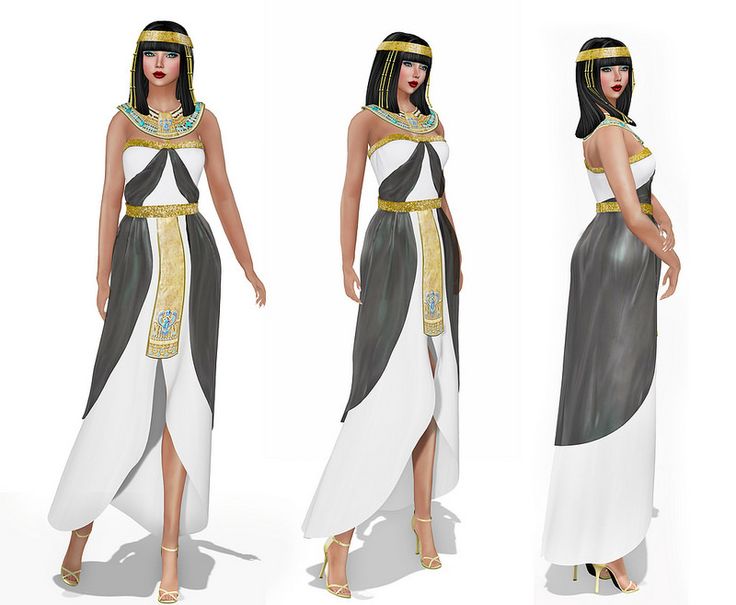In this article, we delve into the captivating world of ancient Egyptian costumes, exploring the intricate designs, symbolism, and cultural significance that adorned the people of this remarkable civilization. Clothing in ancient Egypt was made from various materials, including linen, leather, and wool.
1. The Importance of Clothing in Ancient Egypt:
In ancient Egypt, clothing was more than just a basic necessity; it was a symbol of one’s social status, occupation, and beliefs. Egyptians placed great importance on their attire, using clothing to express their identity and honor their traditions.
2. Fabrics and Materials:
Ancient Egyptians were skilled weavers, utilizing natural fibers such as linen to create fine, breathable fabrics. Linen was abundant and perfectly suited for the hot, arid climate of Egypt. The wealthy adorned themselves with garments made of linen, while the commoners wore simpler, unbleached versions.
3. Designs and Styles:
a. Kilts and Tunics: Men typically wore a knee-length kilt made of linen, tied around the waist with a belt. Women, on the other hand, wore straight, ankle-length dresses.
b. Headdresses and Jewelry: Both men and women adorned themselves with elaborate headdresses, jewelry, and accessories made from precious metals, gemstones, and beads.
c. Makeup and Perfumes: Egyptians used makeup for aesthetic purposes and believed it had protective qualities. Kohl-lined eyes and vibrant colors were popular among both men and women.
4. Symbolism in Egyptian Attire:
a. Colors: Colors held significant meaning in ancient Egyptian society. For instance, blue represents the sky and the Nile, while green symbolizes fertility and rebirth. Gold and silver were associated with the gods and the afterlife.
b. Animal Motifs: Clothing often featured animal motifs, with certain animals like the scarab beetle and the falcon holding religious significance.
5. Traditional Attire for Special Occasions:
a. Religious Ceremonies: During religious ceremonies, priests and priestesses wore elaborate ceremonial robes and accessories, signifying their connection to the gods.
b. Burial Garments: The deceased were buried with care, and their burial garments were intricately designed to aid their journey to the afterlife.
6. Legacy and Modern Influences:
The legacy of ancient Egyptian clothing can be seen in contemporary fashion and art. Designers and artists worldwide draw inspiration from the timeless elegance of Egyptian attire, showcasing its enduring influence on global culture.
Nowadays ,galabya is the most traditional custom in egypt.



Comment (0)